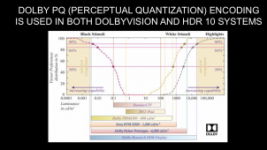rand thompson
Well-known member
- Joined
- Aug 9, 2011
- Messages
- 18,878
- Reaction score
- 608
- Points
- 113
Asus ProArt PA32DC OLED Review: Premium Contrast, Color and Flexibility for Creative Pros
by Digitaltrends
Article
https://www.tomshardware.com/reviews/asus-proart-pa32dc-review
Asus Website
https://www.asus.com/displays-deskto...y-oled-pa32dc/

by Digitaltrends
Article
https://www.tomshardware.com/reviews/asus-proart-pa32dc-review
Asus Website
https://www.asus.com/displays-deskto...y-oled-pa32dc/



